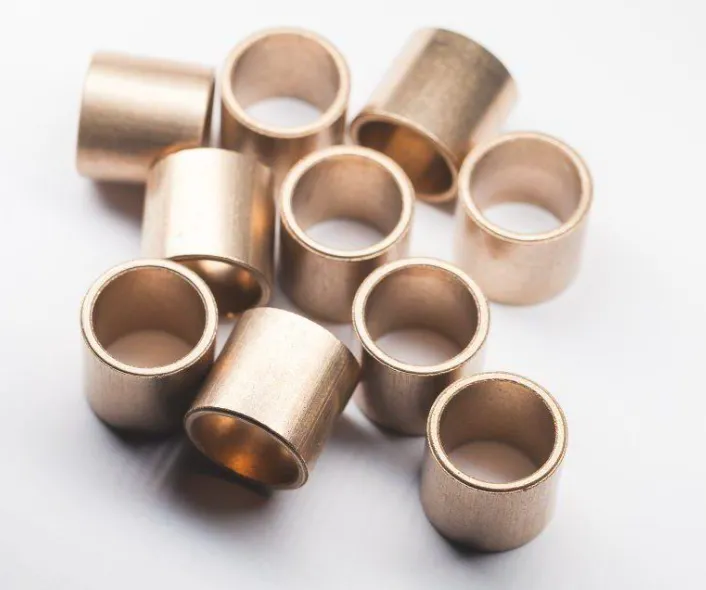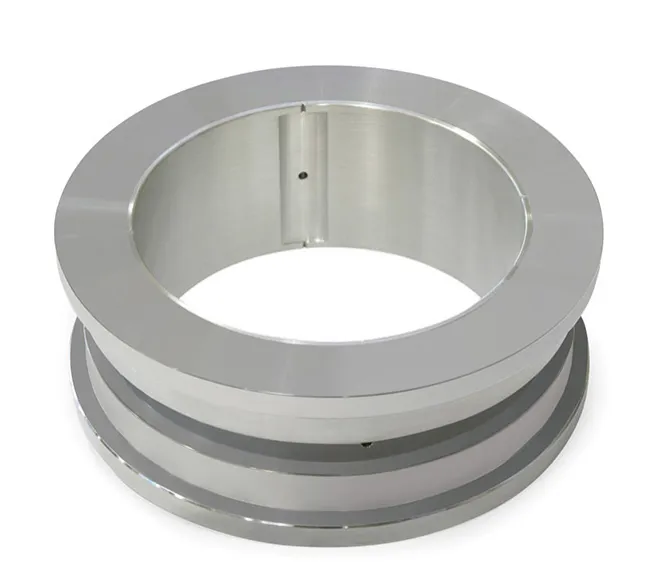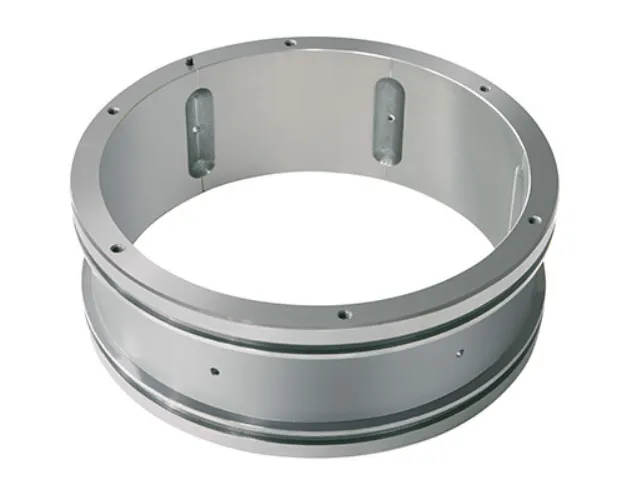Sleeve bearings, also known as plain bearings or journal bearings, are among the most fundamental yet critical components in rotating machinery, providing reliable support and reducing friction between moving parts. Unlike rolling-element bearings that use balls or rollers, sleeve bearings operate on a simple principle: a smooth, cylindrical surface (the journal) rotates within a closely fitted sleeve, separated by a thin film of lubricant. This design makes them exceptionally durable in continuous-duty applications, from electric motors and turbines to pumps and compressors. Their ability to handle high loads, dampen vibrations, and operate quietly has made them indispensable in industries where precision and longevity are paramount.

The performance of sleeve bearings hinges on their material composition and lubrication regime. Traditional babbitt-lined bearings, made from tin- or lead-based alloys, remain the gold standard for large turbomachinery due to their excellent conformability and embeddability—properties that allow them to tolerate minor misalignments and contaminants. In contrast, modern applications often utilize advanced materials like polymer composites or ceramic coatings, which offer superior wear resistance and reduced maintenance requirements in harsh environments. Hydrodynamic lubrication plays a pivotal role: as the shaft rotates, it drags lubricant into a wedge-shaped film that generates enough pressure to lift the journal, preventing metal-to-metal contact. This self-sustaining fluid film is why properly designed sleeve bearings can operate for decades without failure in power plant generators or ship propulsion systems.

However, sleeve bearings are not without limitations. Their startup and shutdown phases are critical moments when the hydrodynamic film hasn’t fully formed, leading to boundary lubrication conditions that accelerate wear. To mitigate this, many systems incorporate hydrostatic lift systems or emergency bearing materials like graphite-impregnated designs that can withstand temporary dry running. In high-speed applications, stability becomes a concern—oil whirl and whip phenomena can induce destructive vibrations if not addressed through proper bearing geometry (such as offset halves or tilting pads) or active control systems. Temperature management is another key consideration; excessive heat can degrade lubricants or cause thermal distortion, which is why large bearings often integrate cooling channels or thermocouples for real-time monitoring.

The evolution of sleeve bearing technology reflects broader industrial trends. Magnetic bearings and air foil bearings have encroached on traditional domains, yet sleeve bearings persist in applications where cost, simplicity, and reliability outweigh the need for ultra-high precision or maintenance-free operation. Recent innovations include smart bearings with embedded sensors that monitor oil film thickness and vibration spectra, enabling predictive maintenance. In the renewable energy sector, sleeve bearings are being adapted for massive wind turbine generators, where their ability to handle fluctuating loads and misalignments proves invaluable. From the hum of a household ceiling fan to the roar of a gas turbine spinning at 3,600 RPM, sleeve bearings continue to demonstrate why this centuries-old technology remains vital in our mechanized world.





